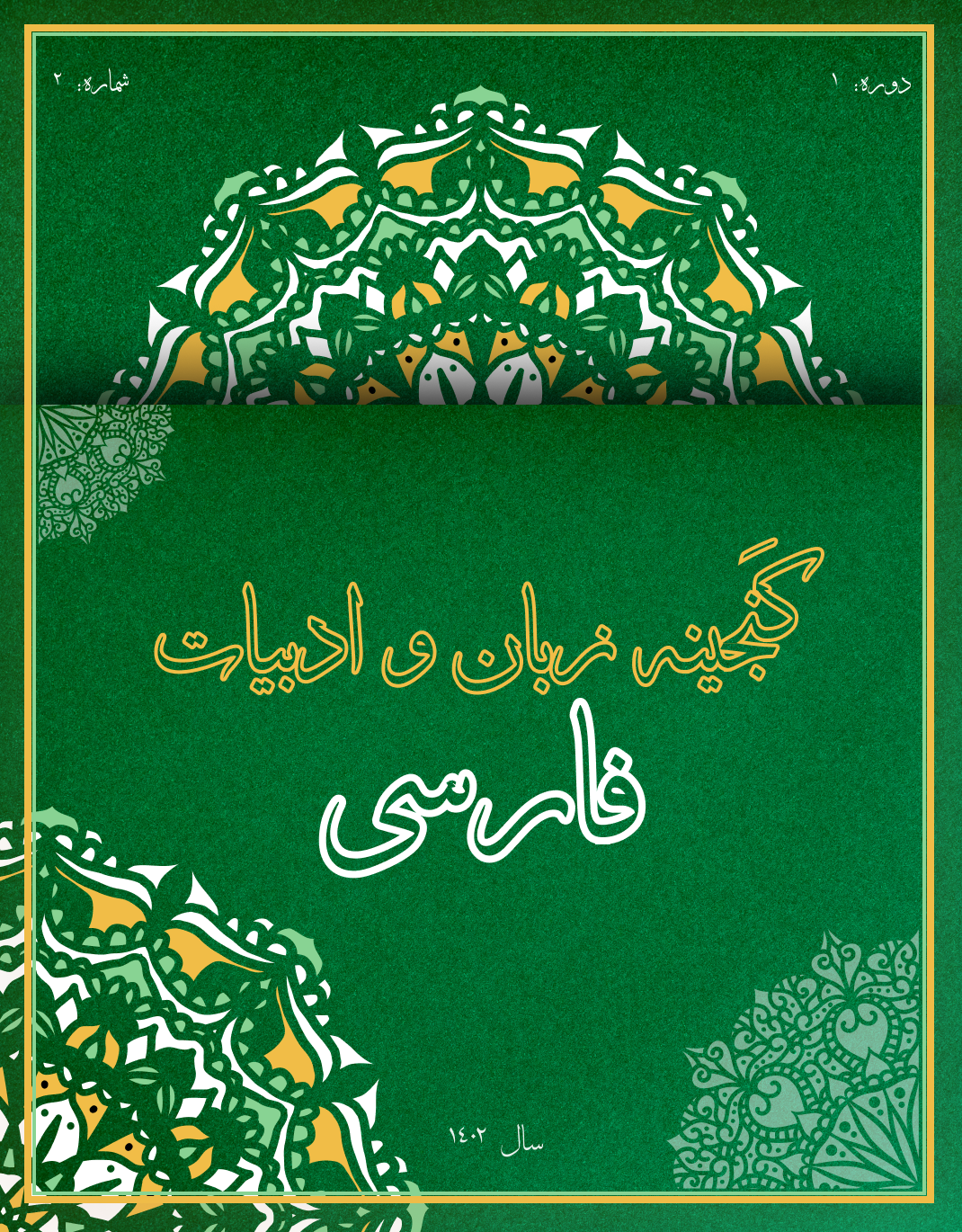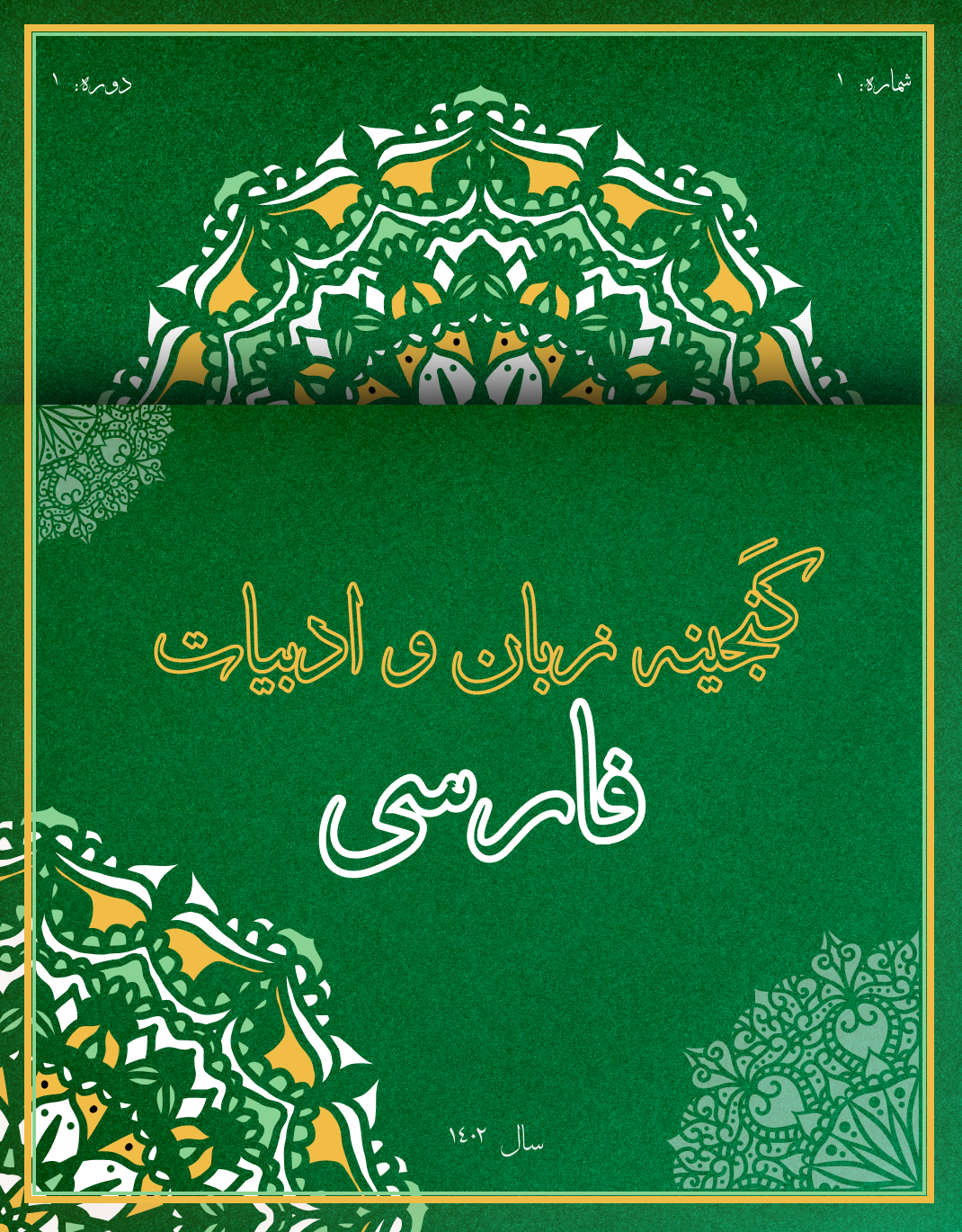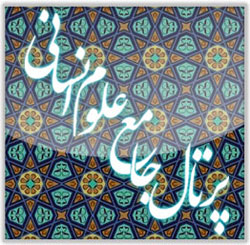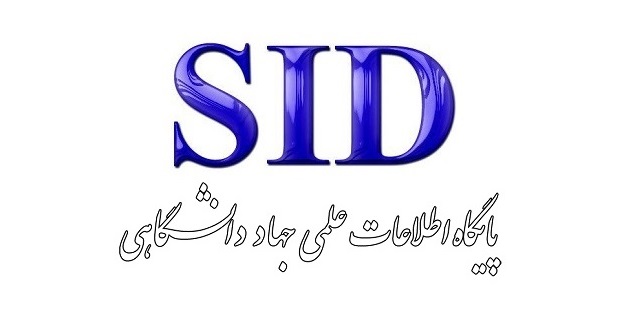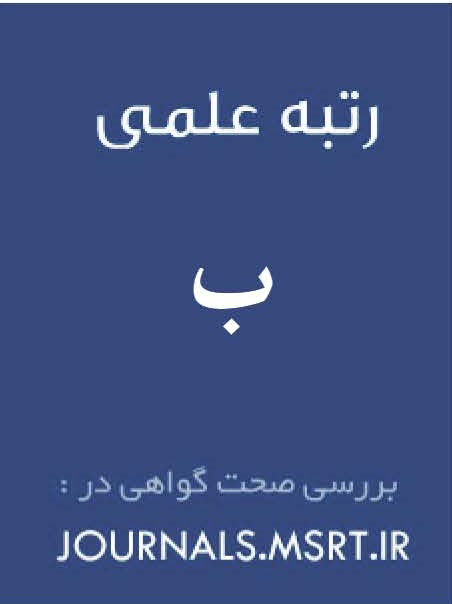An Analysis of Structure and Narrative Elements in the Short Stories of Goli Taraghi: Examining Narrative Techniques and Modern Structures
Keywords:
Goli Taraghi, short stories, non-linear narrative, stream of consciousness, characterization, modern literature, contemporary Iranian literature, innovative techniquesAbstract
This article examines the narrative structure and innovative techniques in Goli Taraghi's short stories, highlighting her unique style that combines advanced storytelling techniques with elements of traditional Iranian literature. Using an analytical and descriptive approach, this study explores the main elements in Taraghi’s works, including characterization, setting, linguistic style, and temporal structure. The findings indicate that through non-linear narratives, stream of consciousness, and diverse points of view, Taraghi creates a dynamic, multi-layered experience that enables readers to engage more deeply with the psychological and social complexities of her characters. Additionally, the influence of modern Western literature on Taraghi's narrative techniques is evident; she draws inspiration from modern narrative approaches, blending them with Iranian cultural themes to produce stories that reflect both contemporary social and cultural changes in Iran and exhibit unique structural complexities. This article also assesses the significance and impact of Taraghi’s innovations on contemporary Persian literature, demonstrating that her work not only enhances the artistic richness of Persian storytelling but also opens new avenues for Iranian writers. Finally, the study addresses some limitations in Taraghi's works and offers suggestions for future research on modern Iranian writers.
